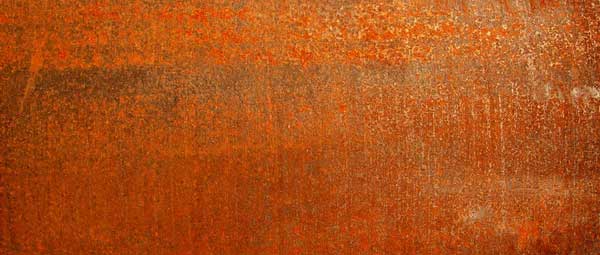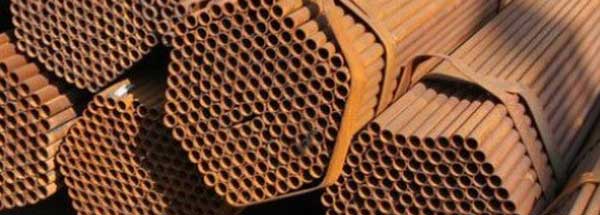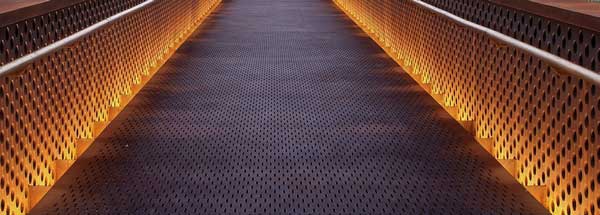CorTen steel
CorTen steel is characterized by its rust-brown color. This steel offers good resistance to corrosion.
CorTen® steel was marketed by the United States Steel Corporation in 1933. The name CorTen is derived from "corrosion resistance" and "tensile strength". In other words, the material offers high resistance to (atmospheric) corrosion and has reasonably high strength.
Weather conditions of CorTen steel
The material used for CorTen is an alloy of iron, copper, phosphorus, silicon, nickel and chromium. Thanks to its effective protective coating, CorTen steel allows you to save money by omitting additional surface treatments such as galvanization.
CorTen steel owes its good weather resistance to a tight oxide skin. This layer, the patina, protects the core material from (further) deterioration. This protective layer forms naturally through oxidation when the material is exposed to the elements. In other words, "normal" atmospheric conditions.
Only then does the patina layer form on the surface. This process can take months or even years, depending on local conditions.
Thanks to the patina on the surface, CorTen steel can last for decades in outdoor applications. In structural design, however, several important points must be considered. For example, blind holes in which water can accumulate should be avoided.

Applicability of CorTen steel
CorTen is often used by architects and artists. In addition, this type of steel is widely used in a wide variety of applications including..
- Building cladding
- Heavy technical products such as bridges and cranes
- Architecture
- Civil engineering structures
- Flower racks/planters
- Garden borders
Differences between CorTen A and CorTen B
CorTen steel lends itself as well to processing (bending, machining, etc.) as the corresponding unalloyed structural steels.
CorTen A is the most popular type of weathering steel. Thanks to its high phosphorus content, CorTen A offers excellent resistance to atmospheric corrosion.
In structures exposed to heavy loads and/or low temperatures, there is an increased risk of brittle fracture. The good notch toughness of CorTen B makes this steel very suitable for demanding applications. However, a slightly reduced corrosion resistance must be accepted with this material.
CorTen A applications
- civil engineering structures, chimneys, building cladding, heat exchanger tubes
CorTen A weldability
- weldable using all common welding techniques

CorTen B applications
- bridges, cranes and refuse collection trucks
CorTen B weldability
- weldable using all common welding techniques, extremely thick parts may need to be preheated

Heat treatment processes for CorTen A and CorTen B
- Normal heat treatment 840 - 950 degC
- Heat treatment for relieving stress 550 - 600 degC
CorTen joints
CorTen steel can be welded to make a joint or a bolted joint can be used. If the proper weld metal is used, the weld will generally provide the same degree of corrosion resistance.